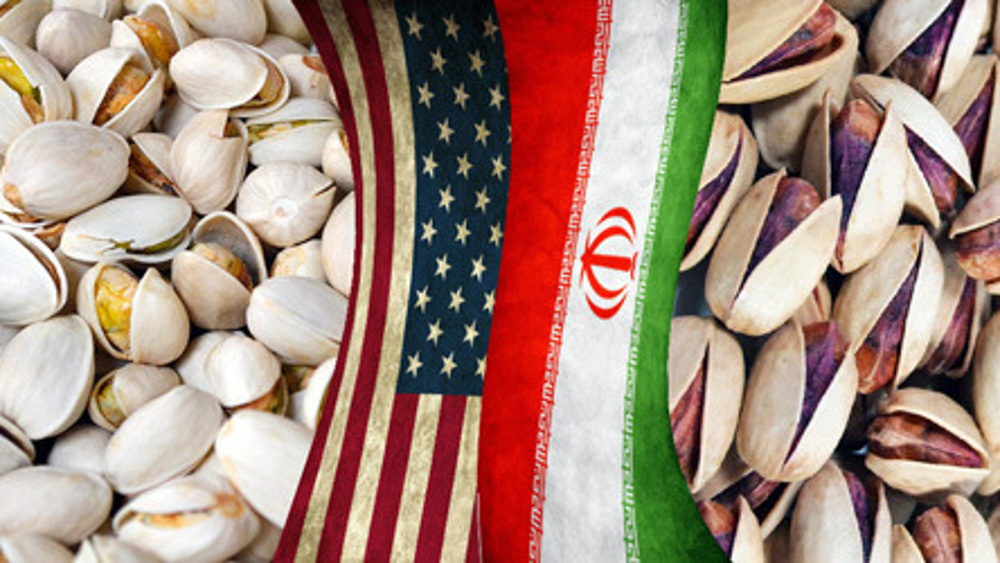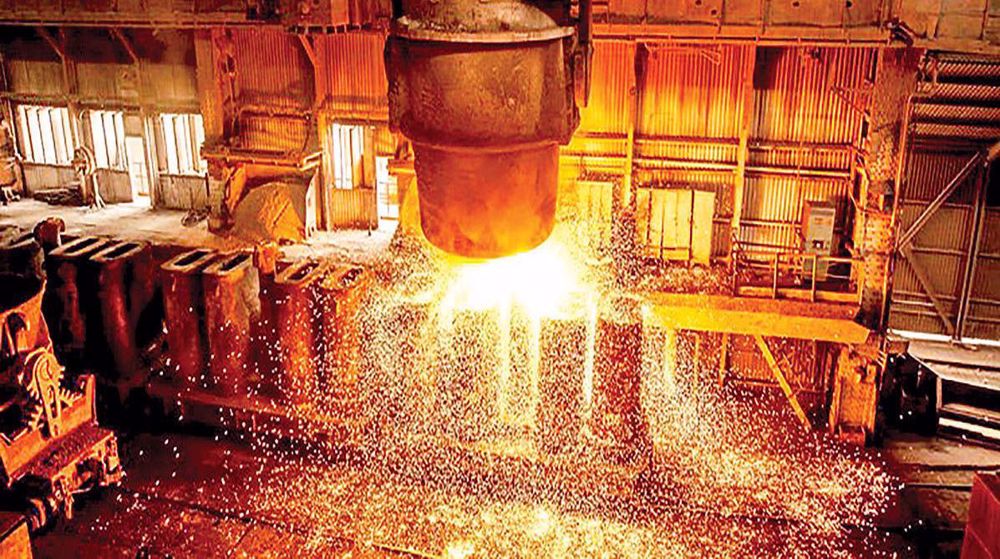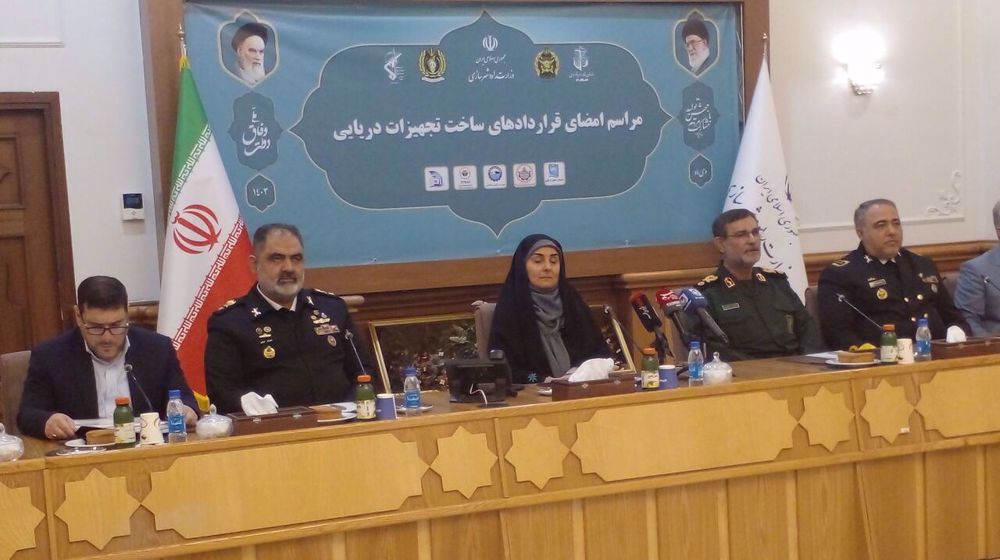Looking on the bright side in Iran’s pistachio war with US
Iran’s pistachio production rose this year to nearly 300,000 metric tons, up 15% compared to the previous two years, the ministry of agriculture jihad’s Darioush Salempour says.
Pistachios are one of Iran’s most important non-oil export goods. The country has the largest area of land devoted to pistachio cultivation globally, where acreage is estimated at 360,000 hectares.
In recent years, however, water shortages, pests and an illegal embargo imposed by the US have rendered cultivation difficult. And Iran has seen its position as the world's largest producer of the popular table nibble overtaken by the United States.
Traders say US farmers are often more effective in terms of land and water usage but insist they could not rival the taste of Iran's pistachios, which are also used in local confectionary as well as in ice-creams. Each kilo of Iranian pistachio retails for seven dollars against five dollars for American nuts in the market.
Half of Iran’s pistachio harvest is used for own consumption and the other half is exported, according to Salempour. Last year, 200,000 metric tons of pistachios were produced in the country, of which 120,000 tons worth $900 million to $1 billion were exported, vice chairman of board of trustees of Iran Pistachio Association Jalil Karbakhsh Ravard told IRNA news agency.
Currently, pistachios are produced in 27 provinces across the country. Kerman, the second largest province in Iran, is the main cultivation area with an area of 270,000 hectares which accounts for 45-50% of the overall pistachio production.
Years of recurring droughts due to climate change and the declining quality of underground water have prompted the government to help shift production to other parts of Iran where there is more water, such as its west.
The ongoing efforts to expand pistachio cultivation in new regions and improve agricultural practices are driven by a growing global demand where farming, post-harvest processing, and trade in pistachio has turned into a competitive industry.
As a result, countries that have suitable climatic and geographical conditions for pistachio cultivation are creating new orchards.
The United States, Iran, and Turkey together account for 88% of the world’s total production of pistachios. Other countries such as Syria, Greece, Italy and Spain are also engaged in pistachio cultivation, but their production is often not enough to meet domestic needs.
Until 2000, Iran commanded about 80% of the world's pistachio market, but the share gradually decreased over years and in 2017, the country tied with the United States for the largest output with the scales tipped in American favor – 225,000 metric tons versus 275,000 tons. In 2022, Iran's share halved, while US pistachio exports surged three-fold to record highs.
Nevertheless, the diversity of Iranian pistachios catering to a wide range of tastes and preferences and the high quality of products is second to none. The natural diversity of Iranian pistachios equals the number of regions growing them, estimated at 90 as of 2022. Each pistachio type has a local name that also signifies the quality or shape of that pistachio.
Iranian pistachios are famous among global consumers due to their unique taste and quality which is related to regional and biological factors.
Fertile soil, suitable weather, moderate and rainy winters, and sunny days in spring and summer make the Iranian pistachios distinctive. The long sunny days of spring and summer give the pistachio a chance to absorb as much nutrients as possible from the leaves and soil.
It is also related to the breeds and genetics of pistachio cultivars in Iran. Compared with American pistachios, Iranian pistachios taste more savory and healthy due to having more unsaturated fats which are conventionally regarded as healthier than saturated fats.
Unlike the US, Iran's pistachio varieties are indigenous to the country, having been grown for thousands of years and adapted well to its arid and semi-arid climatic conditions. The cultivars have a high ability to deal with stressful conditions such as drought, and thus, they provide a better product.
The Kerman is the most widely grown variety in California's Central Valley, having been imported from Iran and introduced to the region over the past 50 years or so. Nearly all commercial production of pistachios in the United States come from the Kerman.
With production growing amid a buoyant global demand, the future is indeed bright for Iran’s pistachio market and the country is forecast to remain one of the largest producers and exporters for the years ahead.
There is also the opportunity to boost Iran's position in the world market through development of infrastructure and new technologies in the agricultural sector, especially in the field of irrigation and crop preservation.
Israel preparing to stay in southern Lebanon after ceasefire: Report
Israeli pressure on Hamas ‘hardly helped’; swap deal necessary: Ex-Mossad chief
Far-right Israeli minister Ben-Gvir again storms al-Aqsa Mosque
Iran: Israel’s attack on journalists’ vehicle in Gaza amounts to ‘war crime’
VIDEO | Israel’s war spending
Palestine Action wins again
VIDEO | Palestinian Authority's blockade of Jenin refugee camp reaches third week
Dec. 25: ‘Axis of Resistance’ operations against Israeli occupation










 This makes it easy to access the Press TV website
This makes it easy to access the Press TV website